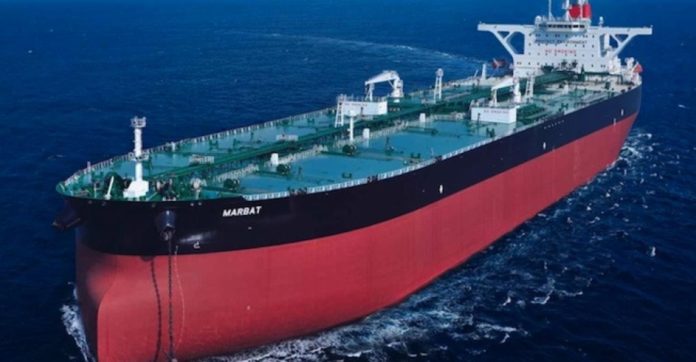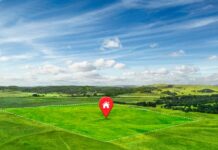Since the day I have begun composing, I get a ton of solicitations recommending the themes I ought to compose on. However, do you realize which question I have been solicited the greatest number of times?
- No prize for speculating.
- It is this inquiry. How to know the most pessimistic scenario of harm solidness?
- All things considered, It is today that I chose to compose on it in detail and clarify it.
- Is it true that you are prepared to peruse the response to this most spiritualist inquiry?
- Give jump access.
- Prerequisites of harm solidness
- A boat that can glide can’t generally be supposed to be a protected boat.
It should likewise have the option to stay above water considerably subsequent to continuing some measure of harm Export Control Compliance. Harm security computations are tied in with becoming more acquainted with if the vessel will stay above water in the wake of continuing some harm on its frame. That is the thing that SOLAS, MARPOL (For big haulers) and IBC code (For synthetic big haulers) does.
- Every one of these guidelines characterize two things
- the degree of harm that should be accepted.
- Supportability measures for the accepted degree of harm
- For the vessel to conform to harm dependability, it ought to have the option to accomplish the maintainability measures after the accepted degree of the harm.
Degree of harm Let us consider the degree of harm according to different guidelines. Accepted Degree of harm according to SOLAS Here is the degree of harm characterized in SOLAS for freight and traveler ships without a twofold base. Harm cases according to the expected degree of harm In view of the harm supposition prerequisites, harm cases are made for the vessel by the class.
You can see these cases in harm steadiness figurines, either in loadicator or in harm security booklet. age strength for each harm case For the vessel to conform to harm security necessities, for each harm case, the vessel must agree to the harm strength prerequisites under MARPOL attach 1 (for oil big haulers) and under IBC code (for compound big haulers)
- I’m not catching this meaning?
- Let us take the harm case 201.
- For this situation, FPTK, 1W(P) and, 1W(S) are thought to be harmed.
In the event that after this harm, the vessel despite everything consented to the harm steadiness endurance prerequisites as set in MARPOL, IBC code or SOLAS (as material), the boat can be supposed to agree to the harm solidness concerning harm case 201.
These computations should be accomplished for each harm case and boat should consent to harm soundness endurance prerequisites for every one of these harm cases.
In the event that even one case doesn’t go along, at that point for this stowage vessel won’t agree to harm soundness and we have to make changes to the stowage and again check for the harm security. Obviously, manual estimations are not required and the lodicator does these counts for us. Furthermore, after estimations, it just shows us if the for the expected stowage if the vessel is consenting to harm steadiness or not. Endurance necessities Be that as it may, what are the necessary endurance prerequisites?
That is, after the expected harm under each harm case what all dependability necessities Vessel sanctions Screening need to satisfy for it to be considered conforming to harm security?
Here are the endurance prerequisites according to the IBC code. Despite the fact that the MARPOL and IBC code prerequisites are for oil big haulers and synthetic big haulers individually, on the off chance that you look carefully there are a ton of similarities in the two necessities.
Integral Elements for harm strength consistence
On the off chance that we have to know the most pessimistic scenario of harm solidness, we have to initially bring all the central factors on the table.
Let us see which are the main components for harm dependability consistency.
Take a gander at the endurance necessities according to IBC and Marpol and you would realize that these are
- The good ways from the waterline to the opening through which dynamic flooding can occur
- Point of heel
- scope of correcting switch bend (GZ bend)
- Lingering correcting switch
- The territory under the GZ bend
In spite of the conviction of many, the GM of the vessel doesn’t speak to her here as a factor for choosing the harm solidity.
In any case, as the GZ bend and GM of the vessel has an immediate connection, we can say that GM by implication influences the harm dependability.
For the extent of this article, I won’t talk about the connection among GM and GZ. I will leave that for some other day. So if there is whatever chooses the most pessimistic scenario of harm dependability it must be at least one of the above components. Which one(s) is that? Let us discover.









